The Midtown Theatre c. 1940, photo City of Toronto archives, Series 1278, File 103
When I was a teenager in the 1950s, for two summers I was employed was at the Dominion Bank (now the TD), on the southeast corner of Bloor West and Bathurst Streets. The bank’s largest customer was a relatively unknown merchant named Ed Mirvish, who had converted two old houses on the southeast corner of Bloor and Markham Streets into shops. Mirvish eventually took over the entire block, creating the famous Honest Ed’s bargain store. One of his slogans was, “Often imitated but never duplicated.” I find it sad that this Toronto landmark will disappear on December 31, 2016.
Part of my job at the bank during the 1950s was to deliver bank drafts to the shops between Bathurst Street and Ossington Avenue. I often strolled past the Midtown Theatre at 506 Bloor West. During these years it was screening mostly horror flicks. I was fascinated by the colourful posters outside the theatre and often gazed up longingly at the movies listed on the marquee. However, because the theatre’s location was distant from my home, I was never inside it.
The bank where I worked has long since been closed and the building where it was located renovated for other commercial purposes. Alas, the Midtown Theatre has also departed the scene and has been demolished.
In the early twentieth century, the Bathurst/Bloor district was serviced by two major streetcar lines. The homes in the surrounding streets were constructed close together, increasing the population density. It was a decade when builders were not required to provide laneways between houses to accommodate automobiles. In later decades, when automobile ownership became more common, space was taken from the rear gardens of the houses. It was employed to construct laneways behind the houses, parallel to the streets. The lanes, flanked by garages, remain today.
During the 1940s and 1950s, the city’s children employed these laneways as playgrounds, which were superior to anything that modern designers could ever create. They were private world’s, away from the prying eyes of adults, where kids explored and learned about life, sometimes even about sex. The veracity of the sex lessons was often doubtful, but the laneways did teach kids how to “exaggerate.” Another source of exaggerated sexual activity was the back rows of theatres, although by today’s standards, they were relatively innocent. No one “made out” on the back of a #504 King streetcar, as happened in 2014.
Returning to the Bathurst-Bloor area, because it possessed much pedestrian traffic, it was ideal for a theatre. The site chosen for the Madison was on the north side of Bloor, between Bathurst and Albany Avenue (Lippincott on the south side of Bloor). When it opened on December 23, 1913, it was one of the earliest Toronto “picture palace” theatres in Toronto. It possessed slightly over 700 plush leather seats, including the balcony and ground-floor level.
In 1913, silent films were the latest entertainment craze. Lacking soundtracks, instrumentalists were hired to provide suitable music for the scenes shown on the screen. In smaller local theatres, a single piano player was the norm. A stage was included in the construction of the Madison to accommodate vaudeville acts. It was necessary to supplement the films in that decade as movies were often less than an hour in length. Until Allen’s Bloor (Lee’s Palace) Theatre opened in 1919 and the Alhambra in 1920, the Madison was the main theatre on Bloor Street, near Bathurst.
It remained a popular local theatre for several decades. In 1940, Twentieth Century Theatres took over the property. They demolished the building, except for the two side walls. The architectural firm of Kaplan and Sprachman designed the new theatre, which opened in May 1941—renamed the Midtown.
During the 1950s, attendance at the Midtown slowly dwindled. To attract patrons, it screened mostly horror films. The theatre remained under the management of Famous Players until 1967, but at some time during this period its name was changed to the Capri.
In 1973 its name was again renamed and it became the Eden, screening censored adult films, containing scenes that today are often shown on regular TV programs during primetime hours. Times have indeed changed. The adult flicks at the Eden ended in 1979. Its name was changed to the Bloor Theatre and it reverted to showing family-type films.
From 1980 to 1999 the theatre was managed by Carm Bordonaro and his partners, as part of the Fesitval Cinema Chain. Finally the Bordonaro family purchased the theatre to ensure that it would remain an active movie house.
In 2011 the Blue Ice group invested in the property. The theatre was renovated and reopened on November 14th of the same year, renamed the Bloor Hot Docs Cinema. Its interior was almost as luxurious as the movie palaces of the early decades of the twentieth century, although its design was more modern.
It remains as one of the most comfortable and attractive theatres in Toronto, specializing in documentary films that audiences might not have a change to view in other theatres. It is sincerely hoped that Toronto never loses this exceptional theatre venue.
Interior of the Midtown Theatre—date unknown
Entrance to the Bloor Hot Docs Cinema on Bloor Street, summer of 2014
Interior of the Bloor Hot Docs Theatre (the old Midtown) in 2014
View from the rear of the auditorium in 2014.
Stairs in the lobby to the balcony on the second-floor level (2014).
The Bloor Hot Docs Cinema on a hot summer evening in 2014.
To view the Home Page for this blog: https://tayloronhistory.com/
To view previous blogs about movie houses of Toronto—historic and modern
Recent publication entitled “Toronto’s Theatres and the Golden Age of the Silver Screen,” by the author of this blog. The publication explores 50 of Toronto’s old theatres and contains over 80 archival photographs of the facades, marquees and interiors of the theatres. It relates anecdotes and stories of the author and others who experienced these grand old movie houses.
To place an order for this book:
Book also available in Chapter/Indigo, the Bell Lightbox Book Shop, and by phoning University of Toronto Press, Distribution: 416-667-7791 (ISBN 978.1.62619.450.2)
Another book, published by Dundurn Press, containing 80 of Toronto’s old movie theatres will be released in the spring of 2016. It is entitled, “Toronto’s Movie Theatres of Yesteryear—Brought Back to Thrill You Again.” It contains over 125 archival photographs.
A second publication, “Toronto Then and Now,” published by Pavilion Press (London, England) explores 75 of the city’s heritage sites. This book will also be released in the spring of 2016.
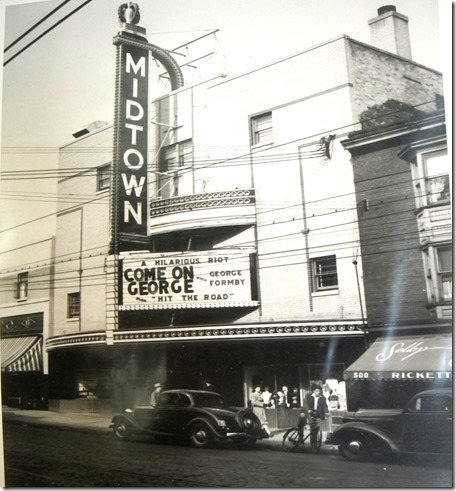
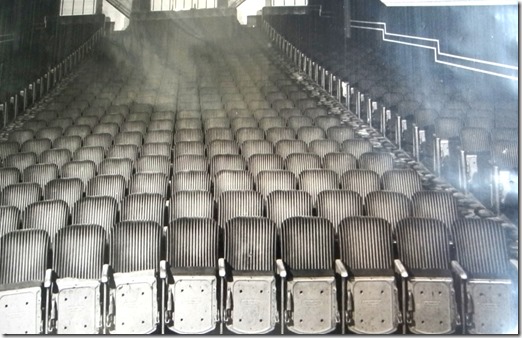
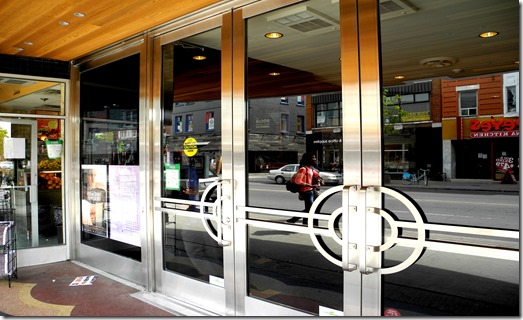
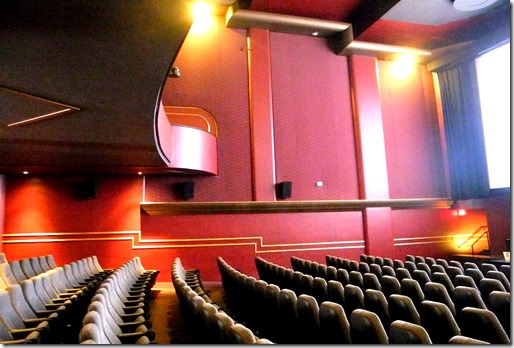
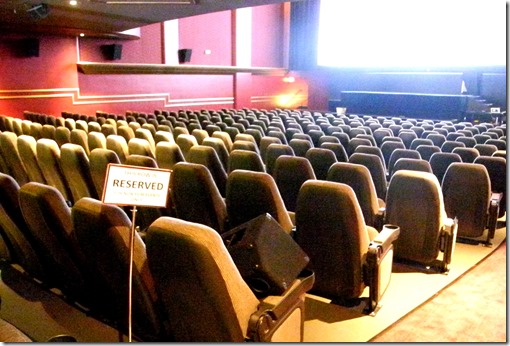
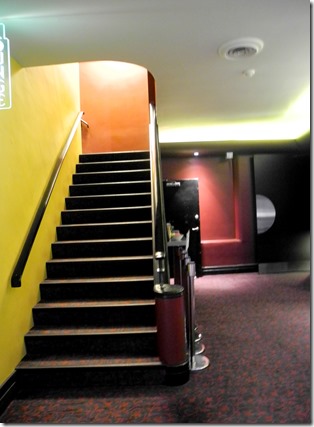
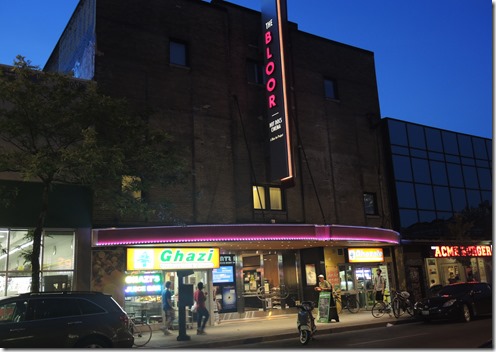
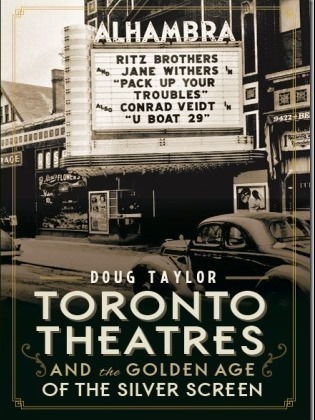


You neglected to mention children attended these theatres on Saturday afternoons for the double feature and the cartoons shown between the two ‘features’. More importantly, because children were in attendance they were a favourite hunting ground for the paedophiles who preyed upon the children going there for the afternoon. Dare not complain because if you did, you would get thrown out. Yeah, these cinemas were great fun. After one experience in the Midtown, it would be years before I entered another cinema. I am still uncomfortable and to this day never enter a cinema (which I rarely do and from then on) without those memories in tow. I’m sure others remember “noodle salad’. I am as sure many pretend they do.